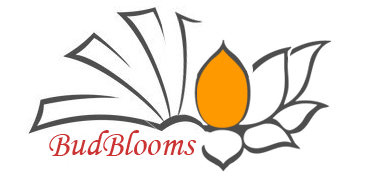
The first attempt to identify the plants in the Tipiṭaka was made by Robert Childers in his A Dictionary of the Pali Language of 1876. Childers gave about 165 plant names and provided the Linnaean nomenclature for most of these. However, more than half these names are from Pali works composed in Sri Lanka and are not mentioned in the Tipiṭaka itself. Rhys Davids and Stede’s Pali English Dictionary published between 1921–25, includes about 420 Pali plant names with the botanical names for about a third of these. Included also are about 185 animal names of which only eight include the zoological names. It is unclear what authority Rhys Davids and Stede used for the nomenclature they did give but they seem to have relied heavily on Monier-William’s Sanskrit English Dictionary. In her translation of the Vinaya Piṭaka published between 1938 and 1966, I. B. Horner tried to identify the various medical plants mentioned in that work and in her subsequent 1975 translation of the Buddhavaṃsa, she identified the various trees associated with the 28 Buddhas and other plants. In this first translation, Horner seems for the most part to have followed Rhys Davids but where not she gave her reasons for preferring a different identification. In the Buddhavaṃsa she followed George Luce who in turn must have relied on the Burmese sayadaws whom, it would seem likely, were not familiar with plants endemic to northern India. A thorough compilation of material on flora, fauna and the environment from the Pali Tipiṭaka is more than justified. Despite being a rich source of information on these subjects Indian scholars have largely ignored Pali literature.
